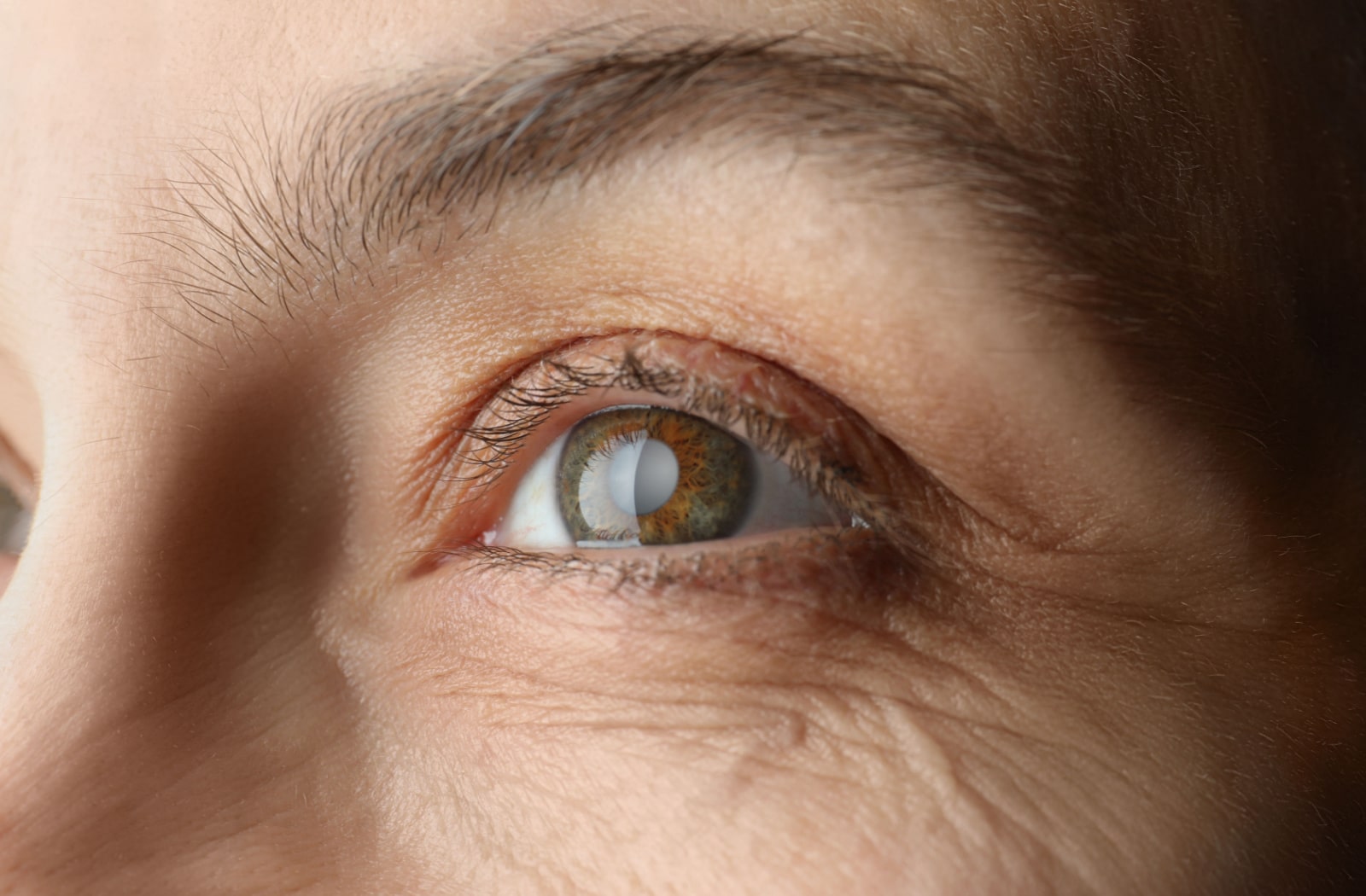Glaucoma is a group of eye diseases that damage the optic nerve at the back of the eye and can lead to permanent vision loss if left untreated. Narrow-angle glaucoma, also called angle-closure or closed-angle glaucoma, is a less common type but is considered a medical emergency.
Narrow-angle glaucoma occurs when the drainage angle in the eye narrows or closes, preventing fluid from draining properly and causing rapid pressure buildup within the eye. Symptoms that indicate you need to visit your eye doctor immediately for an eye exam include severe pain, blurred vision, and nausea.
What Is Glaucoma?
Glaucoma is one of the leading causes of blindness in Canada since it affects and leads to the degeneration of the optic nerve. The exact cause is unknown, but there is an association with increased eye or intraocular pressure (IOP). However, you can also have damage even when the pressure is normal (normal-tension glaucoma).
How Does Glaucoma Develop?
Your eyes continuously make a clear fluid called aqueous humour. This fluid fills the front part of the eye and gets drained through channels where the cornea and iris meet.
Production and drainage are typically balanced this way. If the channels become blocked or there’s too much fluid production, the eye pressure increases, and this can cause glaucoma.
As your IOP increases, your optic nerve may become damaged. And with progressive nerve damage, you may begin losing sight in your eyes.
Symptoms of Glaucoma
Glaucoma typically develops gradually with no initial symptoms. For this reason, eye exams are vital to detect and monitor the vision changes in glaucoma.
Later you may notice a loss of peripheral (side) vision. Glaucoma can progress and lead to blindness without any treatment or early intervention.
Glaucoma Risk Factors
Glaucoma is most common in adults over 60 but can occur in younger adults, children, and infants. Your risk can increase with the following factors:
- Family history of glaucoma
- Corticosteroid use
- Take certain drugs
- Eye injury
- Thin corneas
- Medical problems such as high blood pressure and heart disease
Types of Glaucoma
There are several types of glaucoma, but the most common is open-angle glaucoma. Other types include normal tension, congenital, and narrow-angle glaucoma.
Narrow-Angle Glaucoma
Narrow-angle glaucoma is less common but can be more severe and occur gradually or suddenly. Narrow-angle glaucoma completely blocks the canals and stops fluid from draining.
The rapid fluid buildup can cause a quick and painful increase in eye pressure and damage your optic nerve, which is considered an emergency. Without immediate treatment, you could lose sight in just a few days.

Symptoms of Narrow-Angle Glaucoma
Symptoms of this type of glaucoma can develop quickly and include the following:
- Blurry or hazy vision
- Seeing halos around lights
- Intense eye pain
- Severe headache
- Nausea or vomiting
- Sudden loss of sight
How Is Glaucoma Diagnosed?
Glaucoma diagnosis involves a comprehensive eye exam with the following tests:
- Visual acuity test: Measures your vision at varying distances
- Visual field test: Measures your peripheral vision
- Tonometry: Measures eye pressure
- Optical coherence tomography (OCT imaging): Measures and looks at the inner structure of the eye to monitor the optic nerve
Treatment for Glaucoma
There is no cure for glaucoma, but treatment and management can help decrease eye pressure and prevent vision loss. Treatment options for narrow-angle glaucoma can include the following:
- Eye drops
- Oral medication
- Laser surgery
Preventing Vision Loss
You can’t prevent glaucoma, but with healthy habits, you can lower your risk of blindness. Ensure you receive regular eye exams to detect glaucoma early and monitor your eye pressure and fluid drainage.
Regular eye exams and early detection are even more important if you’re at high-risk for developing glaucoma. You can also follow these tips to keep your eyes healthy:
- Exercise regularly to help lower eye pressure and increase blood flow. Speak to your healthcare professional about exercises you can do if you have glaucoma.
- Eat a healthy diet high in antioxidants and nutrients.
- Take prescribed medication as directed by your eye doctor.
- Stop smoking, as it can increase your risk of vision loss.
- Limit caffeine, as too much can increase your eye pressure.
- Wear eye protection when outdoors.
- Don’t rub your eyes.
Preserve Your Vision
Don’t let glaucoma steal your vision. When you keep up with regular comprehensive eye exams and visit your eye doctor regularly, you take the necessary steps to protect your vision.
Contact Henderson Vision Centre in Winnipeg to book your next eye exam and take a proactive approach to your eye health!



